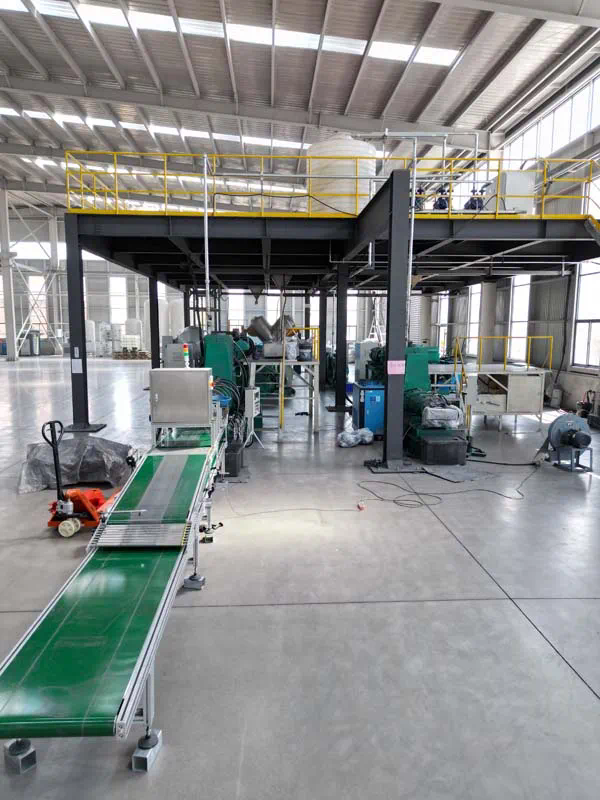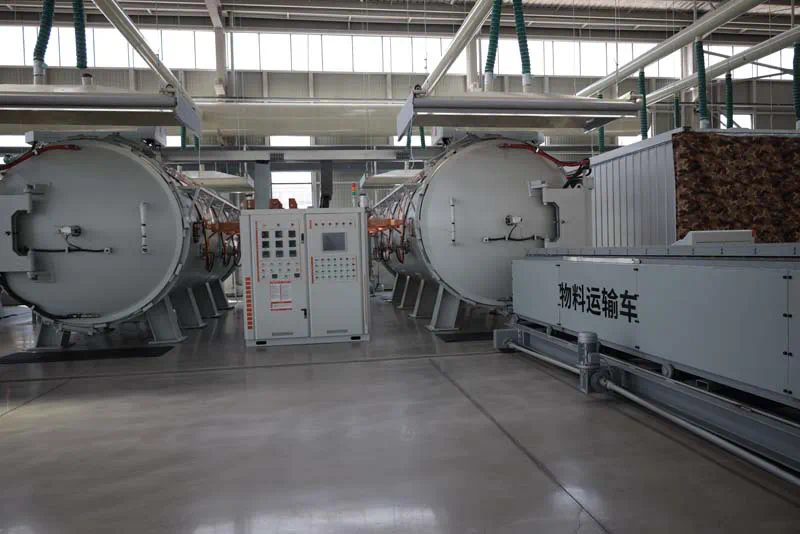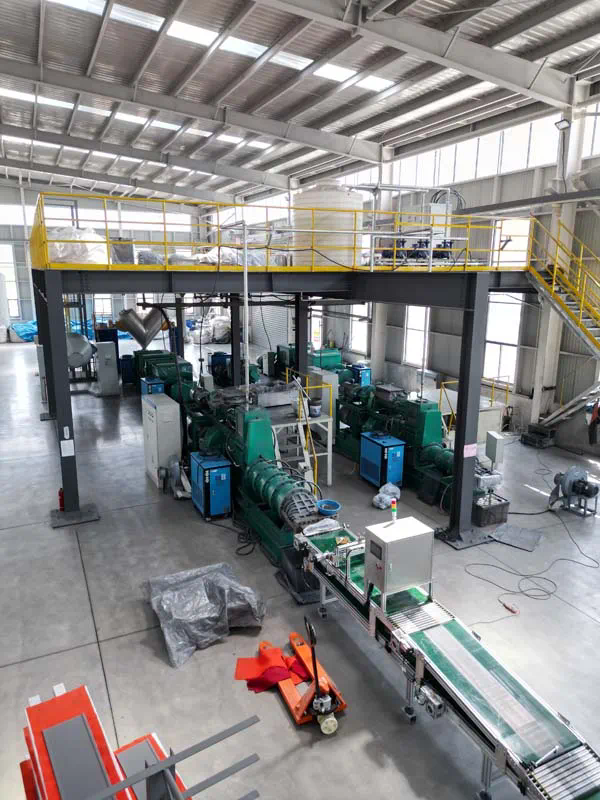Silicon carbide kiln shelves have gained significant recognition in the ceramics and pottery industries due to their exceptional properties and performance advantages. This article aims to provide a comprehensive guide on silicon carbide kiln shelves, covering their composition, manufacturing process, benefits, applications, maintenance, and comparison to other materials.
h2: Understanding Silicon Carbide
Silicon carbide (SiC) is a compound of silicon and carbon, known for its remarkable hardness, thermal conductivity, and resistance to thermal shock. These properties make it an ideal material for high-temperature applications, particularly in the context of kiln shelves used in various firing processes.
p: The unique structure of silicon carbide contributes to its durability and strength. It exhibits a crystalline form, which enhances its mechanical properties. This makes silicon carbide shelves highly resistant to wear and tear, ensuring longevity in demanding environments.
h2: Composition and Properties
Silicon carbide kiln shelves are typically composed of high-purity SiC. This composition results in several beneficial properties:

h3: High Thermal Conductivity
p: One of the key advantages of silicon carbide is its excellent thermal conductivity. This property enables even heat distribution across the shelf surface, reducing the risk of warping or cracking during firing. Efficient heat transfer is silicon carbide crucible for sale crucial for achieving uniform results in ceramic glazing processes.
h3: Low Expansion Coefficient
p: Silicon carbide has a low thermal expansion coefficient, which means it expands very little when exposed to high temperatures. This characteristic helps maintain the structural integrity of the kiln shelves during firing cycles, minimizing distortion and enhancing their lifespan.
h3: Resistance to Chemical Attack
p: Kiln environments can be harsh, with exposure to various chemicals and atmospheres. Silicon carbide displays remarkable resistance to oxidation and chemical attack, making it suitable for a range of firing atmospheres, including reduction and oxidation conditions.
h2: Manufacturing Process of Silicon Carbide Kiln Shelves
The production of silicon carbide kiln shelves involves several steps to ensure optimal performance and quality.
h3: Raw Material Selection
p: The first step in manufacturing silicon carbide shelves is selecting high-purity raw materials. This includes silicon and carbon sources that meet strict quality standards. The purity of these materials is crucial in determining the final performance of the kiln shelves.
h3: Mixing and Forming
p: The selected raw materials are then mixed in specific proportions to achieve the desired properties. This mixture is formed into the shape of the kiln shelves using techniques such as pressing or extrusion. The shaping method chosen can affect the final density and strength of the shelves.
h3: Sintering Process
p: After forming, the shelves undergo a sintering process at high temperatures. This step is essential for achieving the desired mechanical properties and density. During sintering, the particles bond together, resulting in a solid, durable structure.
h3: Quality Control
p: Rigorous quality control measures are implemented throughout the manufacturing process. This includes testing for dimensional accuracy, thermal shock resistance, and overall strength. Ensuring that each shelf meets industry standards is vital for customer satisfaction and safety.
h2: Benefits of Silicon Carbide Kiln Shelves
The use of silicon carbide kiln shelves offers numerous advantages over traditional materials.
h3: Enhanced Durability
p: Silicon carbide shelves are significantly more durable than ceramic or fiber-based options. Their ability to withstand extreme temperatures and mechanical stress means fewer replacements and downtime for potters and manufacturers.
h3: Improved Performance
p: Due to their excellent thermal conductivity, silicon carbide shelves enhance firing efficiency. This results in better color development in glazes and improved overall quality of the finished products.
h3: Cost-Effectiveness
p: Although the initial investment for silicon carbide kiln shelves may be higher, their longevity and reduced maintenance costs make them a cost-effective choice in the long run. Fewer replacements mean lower expenditure over time.
h2: Applications of Silicon Carbide Kiln Shelves
Silicon carbide kiln shelves are versatile and find applications in various sectors.
h3: Ceramics and Pottery
p: In the ceramics industry, silicon carbide shelves are widely used for firing pottery and stoneware. Their ability to handle high temperatures makes them ideal for achieving superior glaze finishes.
h3: Glass Industry
p: The glass industry also benefits from silicon carbide kiln shelves, especially in the production of glass ceramics and high-performance glass products. Their thermal stability ensures consistent quality during firing.
h3: Metal Applications
p: Silicon carbide is increasingly being used in metal applications, particularly for sintering metal components. The high-temperature capabilities of SiC help improve the properties of metal parts during the sintering process.
h2: Maintaining Silicon Carbide Kiln Shelves
Proper maintenance is essential for maximizing the lifespan and performance of silicon carbide kiln shelves.
h3: Regular Cleaning
p: After each firing, it is important to clean the shelves to remove any residue or debris. Using non-abrasive cleaning agents will help preserve the integrity of the surface.
h3: Avoiding Thermal Shock
p: To prevent thermal shock, avoid placing cold items directly onto hot shelves. Gradually increasing the temperature of the shelves can help mitigate this risk.
h3: Inspecting for Damage
p: Regular inspections should be conducted to check for any signs of wear or damage. Early detection of issues can prevent further degradation and costly replacements.
h2: Comparing Silicon Carbide to Other Materials
When considering kiln shelves, it’s valuable to compare silicon carbide with other common materials.
h3: Traditional Cordierite Shelves
p: Cordierite shelves are popular due to their lower cost but lack the durability and thermal conductivity of silicon carbide. They are more prone to cracking under extreme conditions.
h3: Fiber-Based Shelves
p: Fiber-based shelves are lightweight and easy to handle but offer limited thermal stability. They can warp at high temperatures, making them less suitable for professional applications.
h3: Aluminum Oxide Shelves
p: Aluminum oxide is another alternative, known for its high strength. However, it does not match the thermal conductivity of silicon carbide, often leading to uneven heating in firing processes.
h2: Future Trends in Silicon Carbide Technology
As technology advances, the applications and manufacturing processes for silicon carbide continue to evolve.

h3: Innovations in Manufacturing
p: New methods in the manufacturing of silicon carbide can enhance the properties of kiln shelves. Techniques like additive manufacturing may allow for more complex designs and improved performance characteristics.
h3: Expanding Applications
p: The potential applications of silicon carbide are expanding beyond traditional ceramics and glass industries. Emerging fields such as semiconductor technology are beginning to explore the advantages of silicon carbide materials.
h3: Sustainability Initiatives
p: With growing concerns about sustainability, manufacturers are looking into eco-friendly production methods for silicon carbide. This includes utilizing recycled materials and reducing energy consumption during manufacturing.
h2: Conclusion
Silicon carbide kiln shelves represent a significant advancement in kiln technology, offering unparalleled durability, thermal performance, and cost-effectiveness. As industries continue to innovate and demand higher-quality materials, silicon carbide will likely remain at the forefront of kiln shelf solutions. By understanding the properties, benefits, and maintenance of these shelves, users can optimize their firing processes for superior results.
Investing in silicon carbide kiln shelves is not merely a choice for immediate needs but a long-term strategy for enhanced performance and reliability in ceramics and pottery applications. As technology advances, the future looks promising for silicon carbide, paving the way for new possibilities in high-temperature applications.

